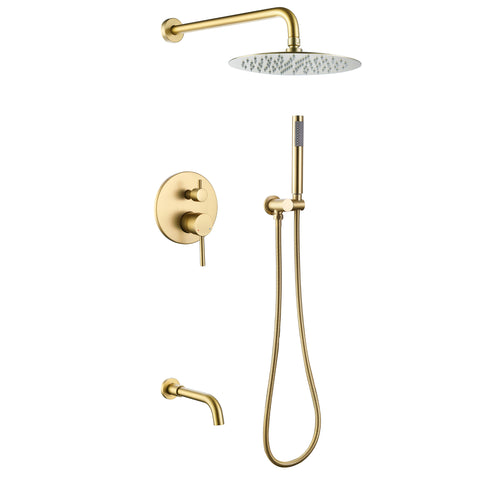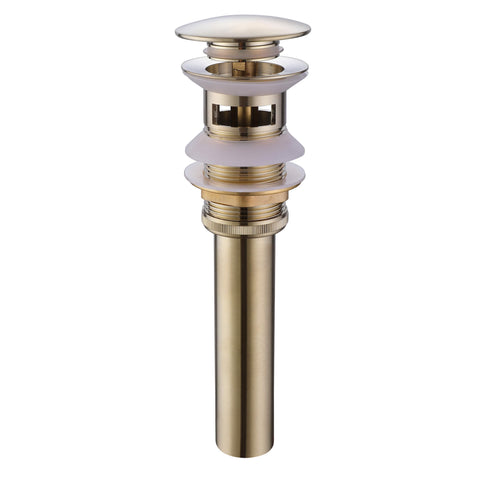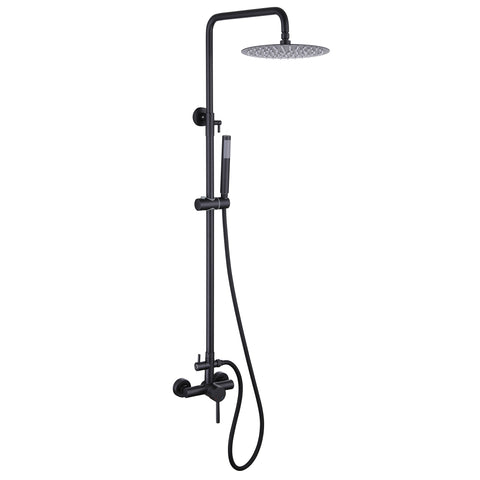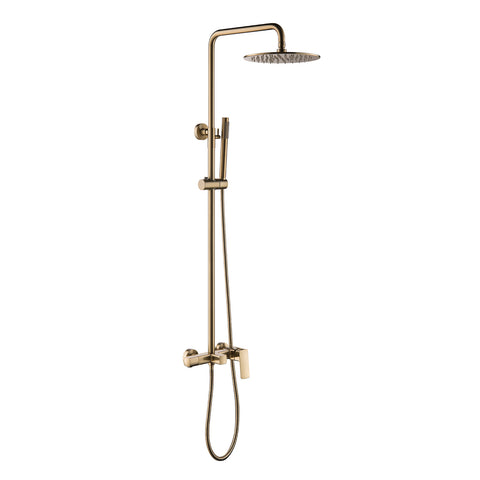How to Unclog a Shower Drain: Tips and Tricks
A clogged shower drain is a common household nuisance that can quickly turn your relaxing shower into a frustrating experience. Hair, soap scum, and other debris often find their way into your drain, causing water to drain slowly or not at all. Fortunately, you don't need to call a plumber every time your shower drain gets clogged. In this guide, we'll walk you through some effective methods for unclogging your shower drain so you can enjoy a hassle-free shower once again.
1. Remove Visible Debris
Before attempting any other methods, it's a good idea to remove any visible debris that may be sitting near the surface of the drain. You can use your fingers or a pair of needle-nose pliers to pull out hair, soap residue, and other gunk. Make sure to wear gloves for hygiene and safety.
2. Boiling Water
One of the simplest and most eco-friendly methods to unclog a shower drain is pouring boiling water down it. Boiling water can help dissolve and wash away soap scum and other substances that may be causing the blockage. Here's how to do it:
- Boil a pot of water.
- Carefully pour the boiling water down the drain in two to three stages, allowing it to work for a few seconds between pours.
- Repeat this process several times until the water drains freely.
3. Baking Soda and Vinegar
The combination of baking soda and vinegar is a popular natural remedy for unclogging drains. These two household items create a chemical reaction that can break down and dislodge clogs. Here's what to do:
- Start by pouring a pot of boiling water down the drain to loosen any debris.
- Next, pour about half a cup of baking soda down the drain.
- Follow this with half a cup of white vinegar.
- Immediately cover the drain with a plug or cloth to trap the fizzing action.
- After about 15 minutes, flush the drain with hot water.
4. Use a Plunger
A plunger isn't just for toilets; it can also be a handy tool for unclogging a shower drain. Here's how to do it:
- Ensure there is enough water in the shower to cover the bottom of the plunger.
- Place the plunger over the drain and firmly press it down to create a seal.
- Push and pull the plunger vigorously for about a minute.
- Remove the plunger and check if the water drains properly.
5. Plumbing Snake or Wire Hanger
If the clog is deeper down the drain, you may need to use a plumbing snake or a modified wire hanger to reach and remove it. Follow these steps:
- Straighten out a wire hanger or use a plumbing snake.
- Insert the hanger or snake into the drain and start probing gently.
- When you feel resistance, try to hook or dislodge the clog.
- Pull out the clog and discard it.
- Flush the drain with hot water to ensure it's clear.
6. Chemical Drain Cleaners (As a Last Resort)
Chemical drain cleaners should be your last resort due to their harsh chemicals and potential damage to pipes. If other methods have failed, follow the manufacturer's instructions carefully when using these products, and be sure to wear protective gear.
Conclusion
Dealing with a clogged shower drain can be a hassle, but with these DIY methods, you can often resolve the issue without the need for professional help. Regular maintenance, such as using drain screens to catch hair and debris, can also prevent clogs from occurring in the first place. Remember to prioritize safety and use gloves and eye protection when handling any chemicals. With these tips and tricks, you can keep your shower drain flowing freely and enjoy a refreshing shower every time.














